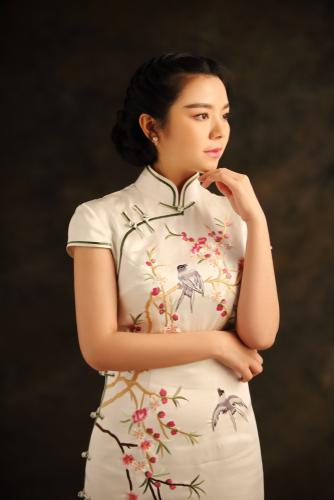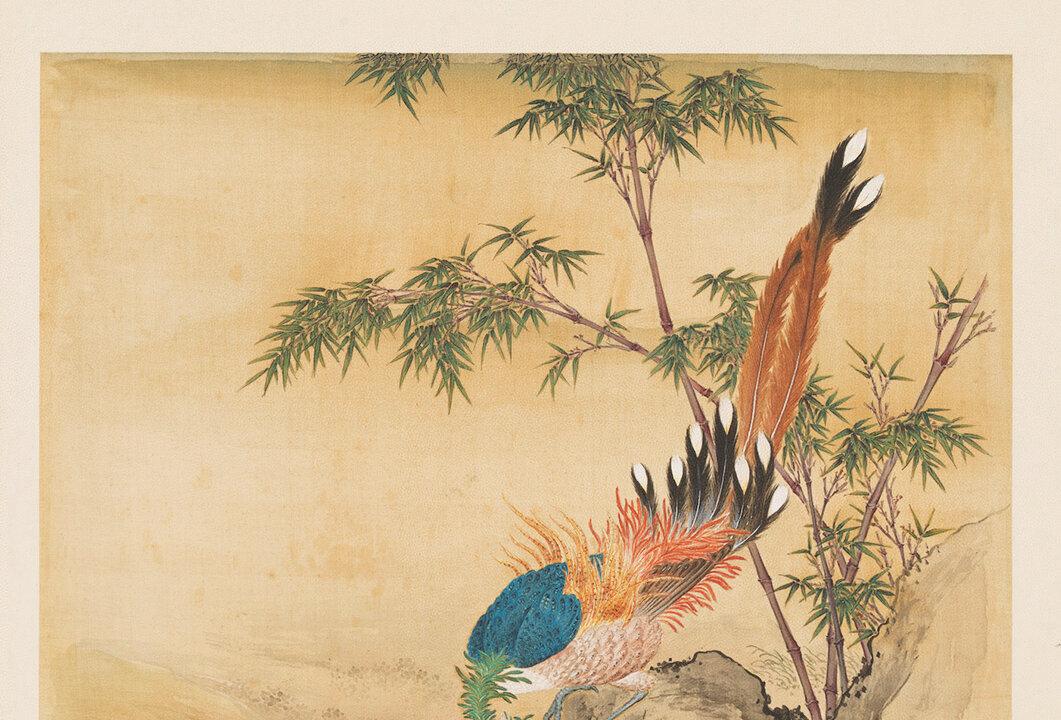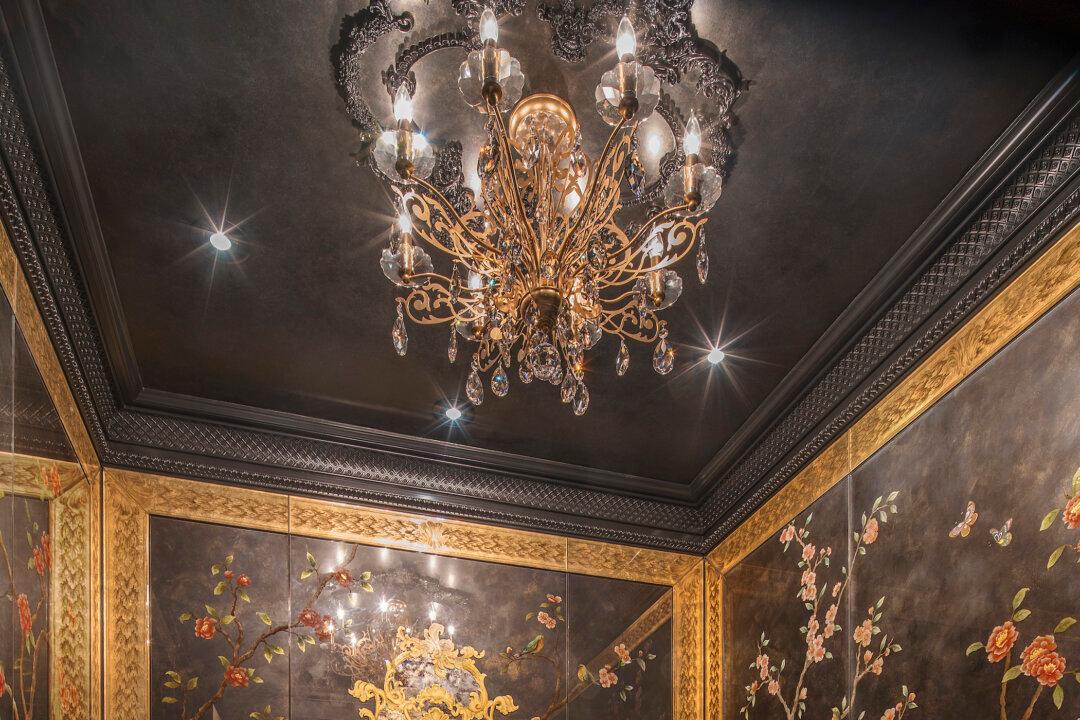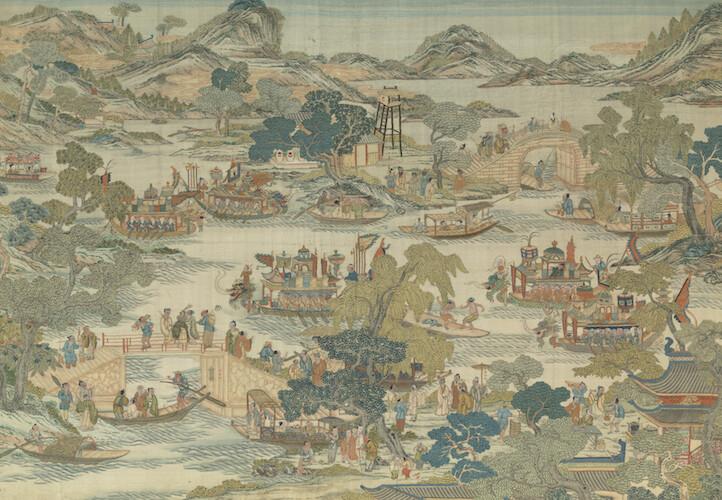The qipao’s sleek and elegant form is an image widely associated with Chinese style and aesthetic. And beyond that, this traditional dress serves as a physical record of the historic and cultural changes during China’s 20th century. The qipao represents a rich cultural heritage and a sophisticated, intricate artistic custom.
The Birth of an Iconic Garment
The origins of the qipao lie in the Qing Dynasty (1644–1912), when China was under the rule of the Manchus, an ethnic group that brought their own distinctive customs and clothing to the imperial court. For women, this was a long dress with a straight, relaxed fit that flared slightly at the hem. This dress was the first ancestor of the qipao.
Two Manchurian women sport the long, loose-fitting dresses that were in style during the Qing Dynasty. Courtesy of The New York Public Library Digital Collections





